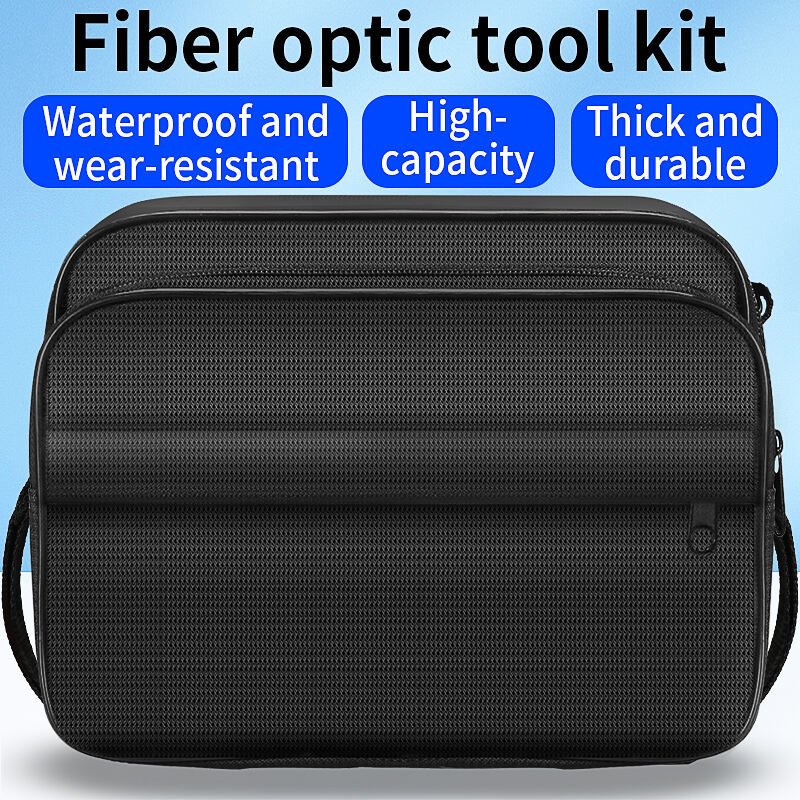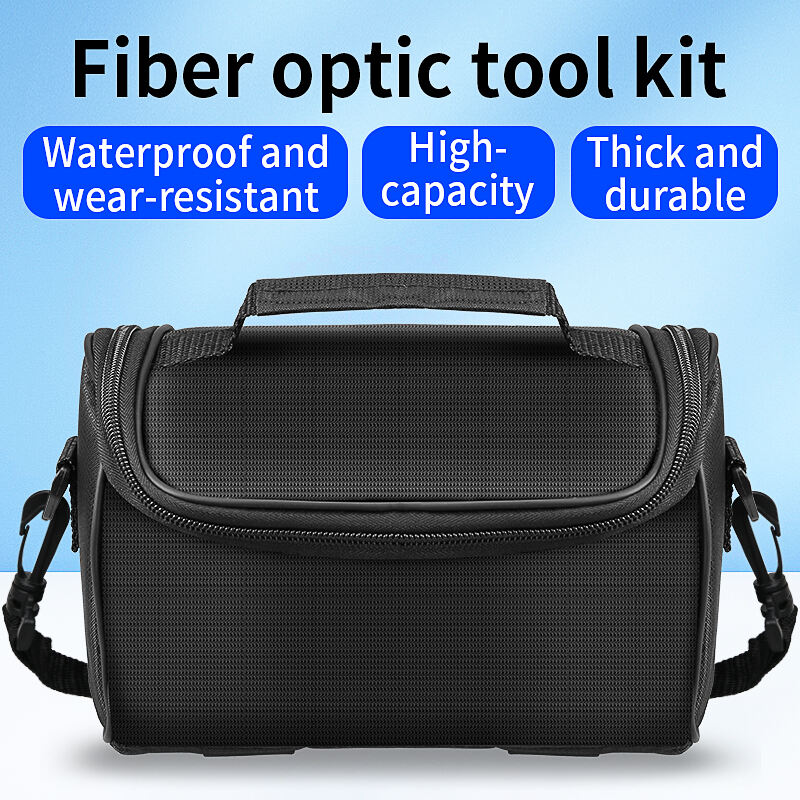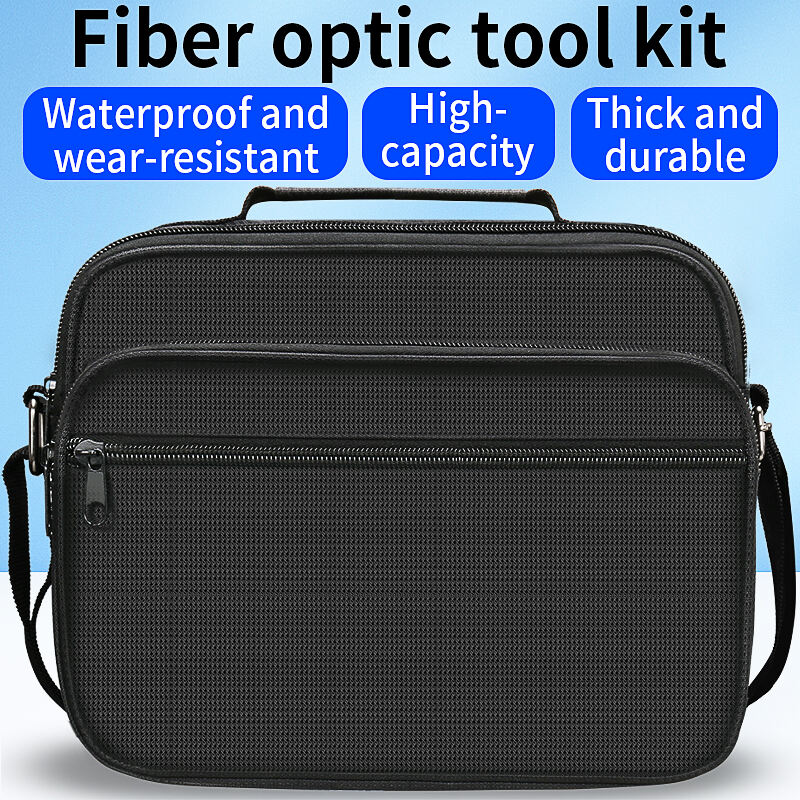fiber splicing tools
Fiber splicing tools represent essential equipment in modern telecommunications infrastructure, comprising sophisticated devices designed for joining optical fibers with precision and reliability. These tools include fusion splicers, cleavers, strippers, and cleaning supplies that work together to create seamless fiber optic connections. The primary function of these tools is to align and fuse optical fibers with minimal signal loss, ensuring optimal data transmission. Modern fiber splicing tools feature advanced technology such as automated alignment systems, real-time loss estimation, and built-in heating elements for splice protection. These tools utilize precision mechanics and electronics to achieve splice losses as low as 0.02dB, making them crucial for both installation and maintenance of fiber optic networks. The applications range from telecommunications and data centers to industrial networks and FTTH (Fiber to the Home) installations. Contemporary splicing tools often incorporate user-friendly interfaces, multiple splicing modes, and diagnostic capabilities that help technicians achieve consistent, high-quality results. These tools are designed to operate in various environmental conditions and can handle different fiber types, including single-mode and multimode fibers, making them versatile solutions for diverse fiber optic applications.


